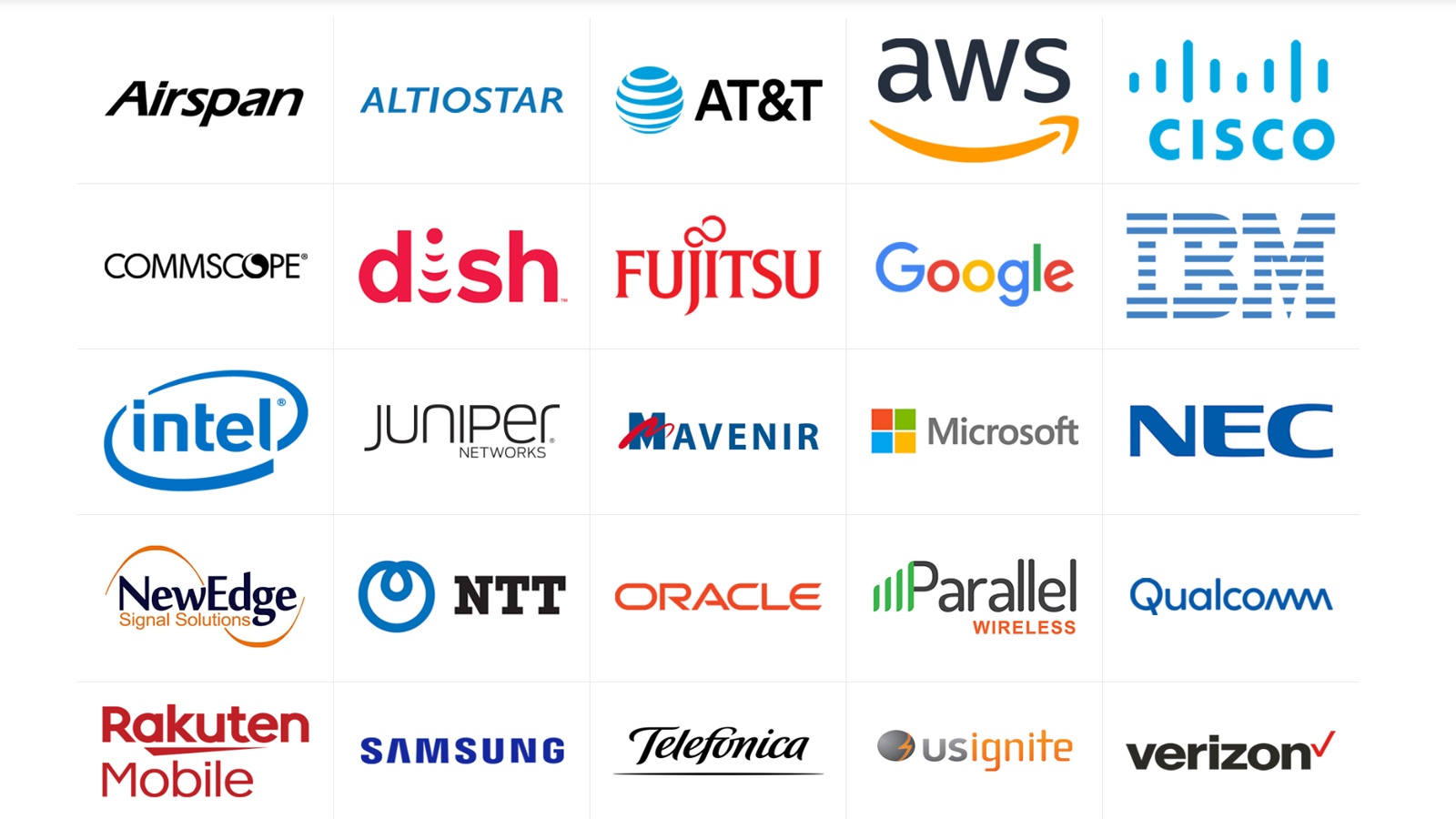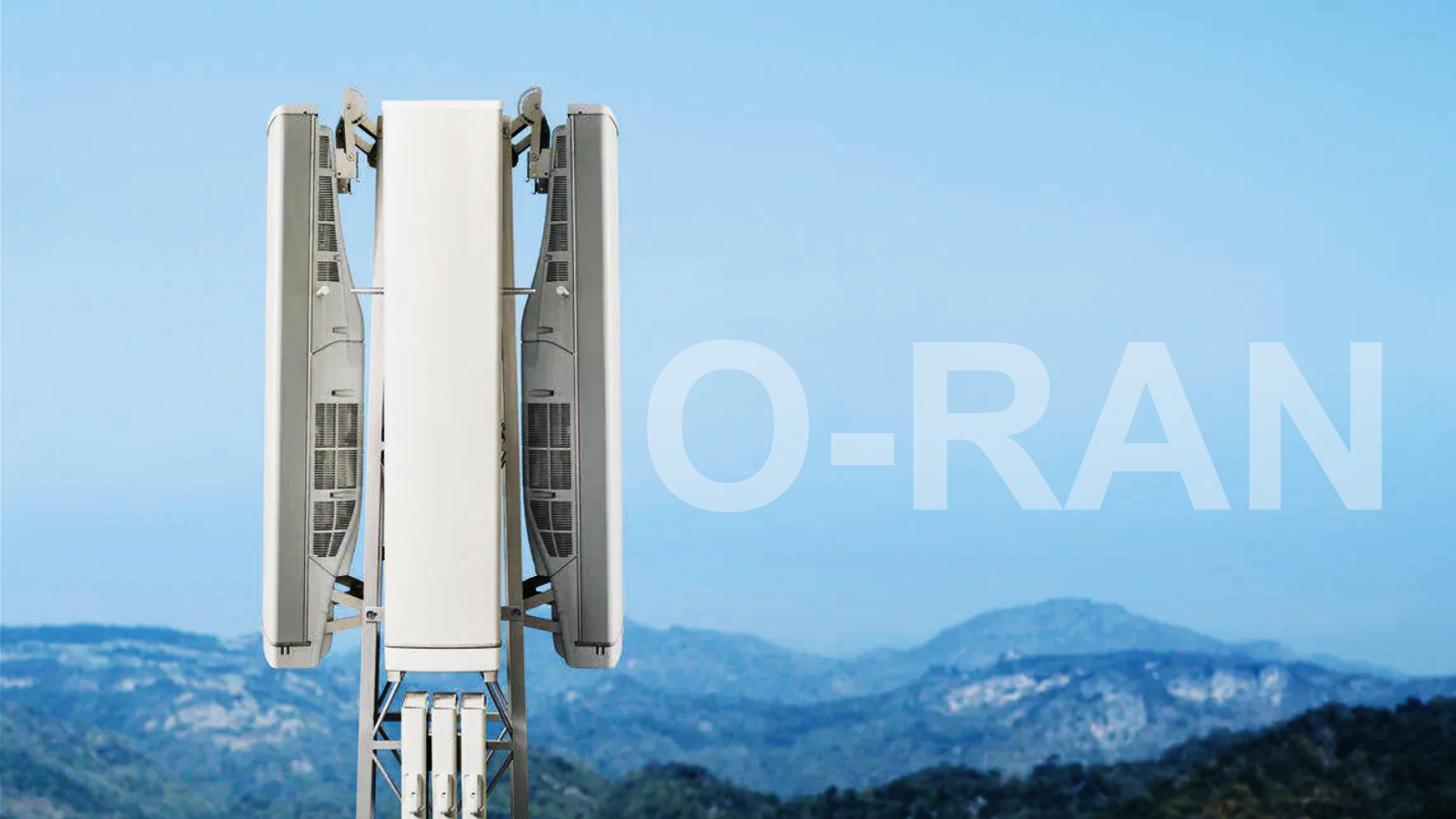Open RAN: everything you need to know
Open RAN, or O-RAN, is set to transform how mobile operators build and manage their 5G networks.

Open RAN (O-RAN) was born out of necessity. Traditionally, for the likes of a 3G and 4G RAN (radio access network) installations, the radios, hardware and software would be provided by a single manufacturer as a closed system, which is why banning suppliers such as Huawei has had such a significant effect in some markets.
In the UK, for example, operators have until 2027 to remove all Huawei equipment from their 5G networks. But even with this delayed deadline, the ban has been predicted to delay the UK’s rollout of 5G by at least two years, with the cost of stripping out Huawei equipment is predicted to be £2 billion.
Companies, organisations, and governments have become increasingly frustrated and concerned about the reliance on a single vendor to deliver communications infrastructure. And the global concern around the security of Huawei technology has placed more focus on creating a multi-vendor environment, to the point where there are now not one, not two, but three industry groups pushing for change (the O-RAN Alliance, TIP OpenRAN and the recently launched Open RAN Policy Coalition).
Increasing competition with 5G Open RAN
Opening up the 5G RAN would give mobile network operators (MNOs) a greater ability to manage their networks and, according to the launch statement for the Open RAN Policy Coalition, the “flexibility to draw on the innovations of multiple suppliers to upgrade their infrastructure with the latest technology”. And using multiple interoperable suppliers also allows operators to potentially move more quickly to replace or address vulnerable network equipment when reacting to threats, and shift network capacity on demand.
For example, the RAN is typically delivered via the base station, 5G towers and the core switching equipment, which connects to those base stations, usually via backhaul connection of some description, like fibre or wireless. And the switching network then relays the information to the appropriate recipients on the fixed or mobile networks.
“Vodafone is focused on expanding our supply chain options through engaging with Open RAN vendors."
Johan Wibergh, Vodafone Group.
“The lack of supplier diversity for network equipment lies at the heart of the concerns over the resilience and security of critical national infrastructure,” explained Johan Wibergh, Chief Technology Officer at Vodafone Group. “Vodafone is focused on expanding our supply chain options through engaging with Open RAN vendors and encouraging newer network providers, to ensure the optimal balance across suppliers. Our industry leading trials of Open RAN have underlined that this is the most promising route to advance niche suppliers, to supplement the large vendors, especially for radio equipment and software.”

But now the industry is working towards Open RAN standards, and technical specifications that define open interfaces between the radios, hardware and software so that networks can be deployed using multiple vendors. And governments around the world are also becoming increasingly supportive.
Get up to speed with 5G, and discover the latest deals, news, and insight!
“I think all the main players have doubled down on their efforts to work with the government, and I think you’ll find that all the operators are embracing Open RAN as a principle now, and are working on their own innovation programmes, both with, and in addition to what the government is doing,” explained Tony Sceales, 5G Programme Development lead at the Department for Digital, Culture, Media & Sport (DCMS). “They see these initiatives as ultimately positive for them. It doesn’t help major operators to be dependent on only a couple of major suppliers.”
To disaggregate the existing ecosystem, Open RAN allows different vendors who have specific equipment in the radio, core switching or software space, to interact and interoperate with one another in the same way as the PC and ethernet world. This is an attractive proposition for operators, Japan’s Rakuten Mobile already has a 5G Open RAN network, which some operators are looking to emulate. And we have also seen announcements from companies such as Telefonica, which has joined forces with Rakuten Mobile to jointly develop the technology, along with 5G core networks and supporting operational systems.
The difference between Open RAN and Open vRAN
Recent analysis by Analysys Mason found that 82 percent of communications service providers (CSPs) said that they are aiming to support open interfaces/multi-vendor RAN in their 5G networks, believing that an open and virtualized RAN will be critical over the next 18 months.
Cisco, World Wide Technology (WWT), and Altiostar (an innovator in open vRAN technology) announced last year that they will be working together on an Open vRAN blueprint that will accelerate the deployment of 4G and 5G Open RAN solutions in service provider networks.
The combined solution will help service providers deploy fully integrated open, cloud-based virtualized RAN solutions based on technologies, created by Cisco and Altiostar, that will be brought to market using the sales, integration and deployment capabilities of WWT.
Given the acronym soup that makes up the majority of industry jargon in the telecoms sector, it’s easy to get confused by the different terms, and sometimes there is a little confusion between Open vRAN and Open RAN, due to the similar names and principles.
“The naming similarity was coincidental, but not surprising, given both are fairly descriptive of the opportunity,” Bob Everson explains in a blog post on the Cisco site. “O-RAN describes themselves well on their website, ‘The O-RAN Alliance was founded by operators to clearly define requirements and help build a supply chain ecosystem to realize its objectives’.”
Many of the same companies, including major network operators, have been involved in discussions around both O-RAN and the Open vRAN ecosystem. But what’s the difference?
“In a nutshell, Open RAN, in their words, is focused on defining requirements to help build a supply chain ecosystem, while Open vRAN has built a vendor-led (supply chain) ecosystem to accelerate and deliver the solutions that O-RAN and others are asking for,” Everson explained. “Our ecosystem partners work together – participating in the process of opening up the RAN and accelerating its transition to a more flexible architecture, while building solutions to help customers realize new opportunities.”
Using Open RAN to catch China
Matt Melester, a senior vice president at CommScope, recently took part in an FCC Open RAN Showcase, where he explained how the public-traded Fortune 500 company was developing products in the Open RAN space.
“Not including Huawei, CommScope is the largest supplier of base station antennas with sales of $1.2 billion for key 4G and 5G equipment, Melester explained. “The motivations behind Open RAN are clear: protecting national security; driving supply-chain diversity; lowering operation costs; and spurring innovation through competition.”
And the US government has been a driving force in supporting Open RAN development as a means to compete with the increasing 5G availability in countries such as China, where there are now 365 million people connected to 5G networks.
“The government is interested in protecting network security and ensuring 5G leadership,” Melester explained. “Most companies we talk to are looking to ORAN to drive down costs and introduce new features to the market, which will help them monetize 5G faster.”
Melester also highlighted the importance of a faster adoption and roll-out of Open RAN tech, with the hope that a virtualized RAN, with more competition, can start to eat into China’s dominance in this area; not just in the US, but in every other country that’s playing catch-up.
“Driving virtualization and standard interfaces will drive innovation, lower costs, and enable new domestic suppliers to enter into the space,” Melester said. “Necessity is the mother of invention, and competition is the mother of innovation. And CommScope recognizes that for an ecosystem to dramatically change, there must be great effort, long-term vision, and significant collaboration.”
- Why 5G small cells are vital for mmWave 5G
- Get updates on the hottest 5G stocks
- Discover the truth behind 5G dangers
- 5G towers: everything you need to know
Dan is a British journalist with 20 years of experience in the design and tech sectors, producing content for the likes of Microsoft, Adobe, Dell and The Sunday Times. In 2012 he helped launch the world's number one design blog, Creative Bloq. Dan is now editor-in-chief at 5Gradar, where he oversees news, insight and reviews, providing an invaluable resource for anyone looking to stay up-to-date with the key issues facing 5G.

